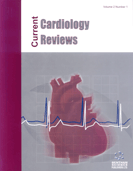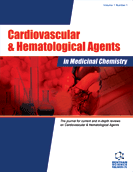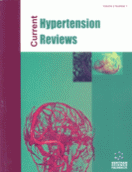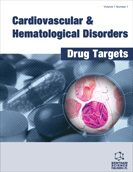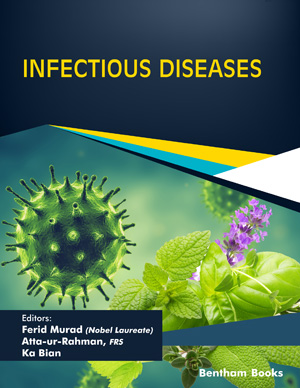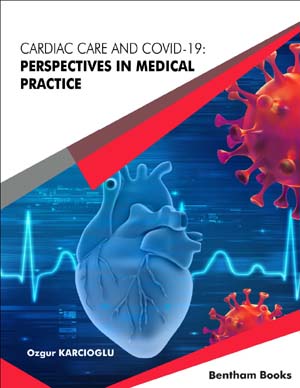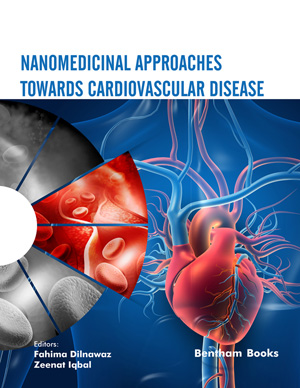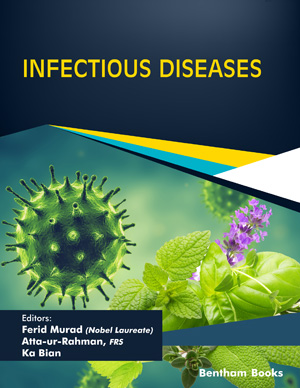Abstract
Menopause is associated with changes consistent with cardiovascular aging. The effects of cardiac disease are multifaceted, affecting endothelial function, coronary artery physiology and metabolic dysfunction leading to structural changes in the coronary anatomy. A systematic review of literature from 1986 to 2019 was conducted using PubMed and Google Scholar. The search was directed to retrieve papers that addressed the changes in cardiovascular physiology in menopause and the current therapies available to treat cardiovascular manifestations of menopause. The metabolic and clinical factors secondary to menopause, such as dyslipidemia, insulin resistance, fat redistribution and systemic hypertension, contribute to the accelerated risk for cardiovascular aging and disease. Atherosclerosis appears to be the end result of the interaction between cardiovascular risk factors and their accentuation during the perimenopausal period. Additionally, complex interactions between oxidative stress and levels of L-arginine and ADMA may also influence endothelial dysfunction in menopause. The increased cardiovascular risk in menopause stems from the exaggerated effects of changing physiology on the cardiovascular system affecting peripheral, cardiac and cerebrovascular beds. The differential effects of menopause on cardiovascular disease at the subclinical, biochemical and molecular levels form the highlights of this review.
Keywords: Dyslipidemia, endothelial dysfunction, oxidative stress, metabolic syndrome, menopause, cardiovascular aging.
Graphical Abstract
Current Cardiology Reviews
Title:Cardiovascular Changes in Menopause
Volume: 17 Issue: 4
Author(s): Anjana R. Nair, Aiswarya J. Pillai and Nandini Nair*
Affiliation:
- Department of Internal Medicine/Division of Cardiology, TTUHSC, Lubbock, TX 79430,United States
Keywords: Dyslipidemia, endothelial dysfunction, oxidative stress, metabolic syndrome, menopause, cardiovascular aging.
Abstract: Menopause is associated with changes consistent with cardiovascular aging. The effects of cardiac disease are multifaceted, affecting endothelial function, coronary artery physiology and metabolic dysfunction leading to structural changes in the coronary anatomy. A systematic review of literature from 1986 to 2019 was conducted using PubMed and Google Scholar. The search was directed to retrieve papers that addressed the changes in cardiovascular physiology in menopause and the current therapies available to treat cardiovascular manifestations of menopause. The metabolic and clinical factors secondary to menopause, such as dyslipidemia, insulin resistance, fat redistribution and systemic hypertension, contribute to the accelerated risk for cardiovascular aging and disease. Atherosclerosis appears to be the end result of the interaction between cardiovascular risk factors and their accentuation during the perimenopausal period. Additionally, complex interactions between oxidative stress and levels of L-arginine and ADMA may also influence endothelial dysfunction in menopause. The increased cardiovascular risk in menopause stems from the exaggerated effects of changing physiology on the cardiovascular system affecting peripheral, cardiac and cerebrovascular beds. The differential effects of menopause on cardiovascular disease at the subclinical, biochemical and molecular levels form the highlights of this review.
Export Options
About this article
Cite this article as:
Nair R. Anjana, Pillai J. Aiswarya and Nair Nandini *, Cardiovascular Changes in Menopause, Current Cardiology Reviews 2021; 17 (4) : e230421187681 . https://dx.doi.org/10.2174/1573403X16666201106141811
| DOI https://dx.doi.org/10.2174/1573403X16666201106141811 |
Print ISSN 1573-403X |
| Publisher Name Bentham Science Publisher |
Online ISSN 1875-6557 |
 31
31
- Author Guidelines
- Bentham Author Support Services (BASS)
- Graphical Abstracts
- Fabricating and Stating False Information
- Research Misconduct
- Post Publication Discussions and Corrections
- Publishing Ethics and Rectitude
- Increase Visibility of Your Article
- Archiving Policies
- Peer Review Workflow
- Order Your Article Before Print
- Promote Your Article
- Manuscript Transfer Facility
- Editorial Policies
- Allegations from Whistleblowers
- Announcements
Related Articles
-
Acoustic Radiation Force Impulse (ARFI) Imaging: A Review
Current Medical Imaging Hypertension and Cardiac Arrhythmias
Current Pharmaceutical Design Erythropoietin in Stroke Therapy: Friend or Foe
Current Medicinal Chemistry Recent Advances in Natural Product-Based Anti-Biofilm Approaches to Control Infections
Mini-Reviews in Medicinal Chemistry The Modulation of Pain by Metabotropic Glutamate Receptors 7 and 8 in the Dorsal Striatum
Current Neuropharmacology Progress in Small Molecule Therapeutics for the Treatment of Retinoblastoma
Mini-Reviews in Medicinal Chemistry Antithrombotic Agents for Acute Coronary Syndromes
Cardiovascular & Hematological Agents in Medicinal Chemistry An Evidence-Based Review of the Mechanism of Action, Efficacy, and Safety of Biologic Therapies in the Treatment of Psoriasis and Psoriatic Arthritis
Current Medicinal Chemistry Hepatic Injury to the Newborn Liver Due to Drugs
Current Pharmaceutical Design p38 MAPK: A Potential Target of Chronic Pain
Current Medicinal Chemistry Exploring New CGRP Family Peptides and their Receptors in Vertebrates
Current Protein & Peptide Science Quality Assessment of Clinical Practice Guidelines for the Prescription of Antidepressant Drugs During Pregnancy
Current Clinical Pharmacology Calorie Restriction and Dietary Restriction Mimetics: A Strategy for Improving Healthy Aging and Longevity
Current Pharmaceutical Design Beneficial and Detrimental Effects of Antioxidants Use in Sports: How is it Balanced?
Current Nutraceuticals Relationship Between Body Mass Index and Reproduction
Current Women`s Health Reviews MicroRNAs and Physical Activity
MicroRNA Hyaluronan and Hyaluronan Synthases: Potential Therapeutic Targets in Cancer
Current Drug Targets - Cardiovascular & Hematological Disorders Cardiovascular Magnetic Resonance for Evaluation of Heart Involvement in ANCA-Associated Vasculitis. A Luxury or a Valuable Diagnostic Tool?
Inflammation & Allergy - Drug Targets (Discontinued) Arterial Stiffness: A Novel Cardiovascular Risk Factor in Kidney Disease Patients
Current Vascular Pharmacology Dysregulation of Neurotrophic and Haematopoietic Growth Factors in Alzheimer’s Disease: From Pathophysiology to Novel Treatment Strategies
Current Alzheimer Research


